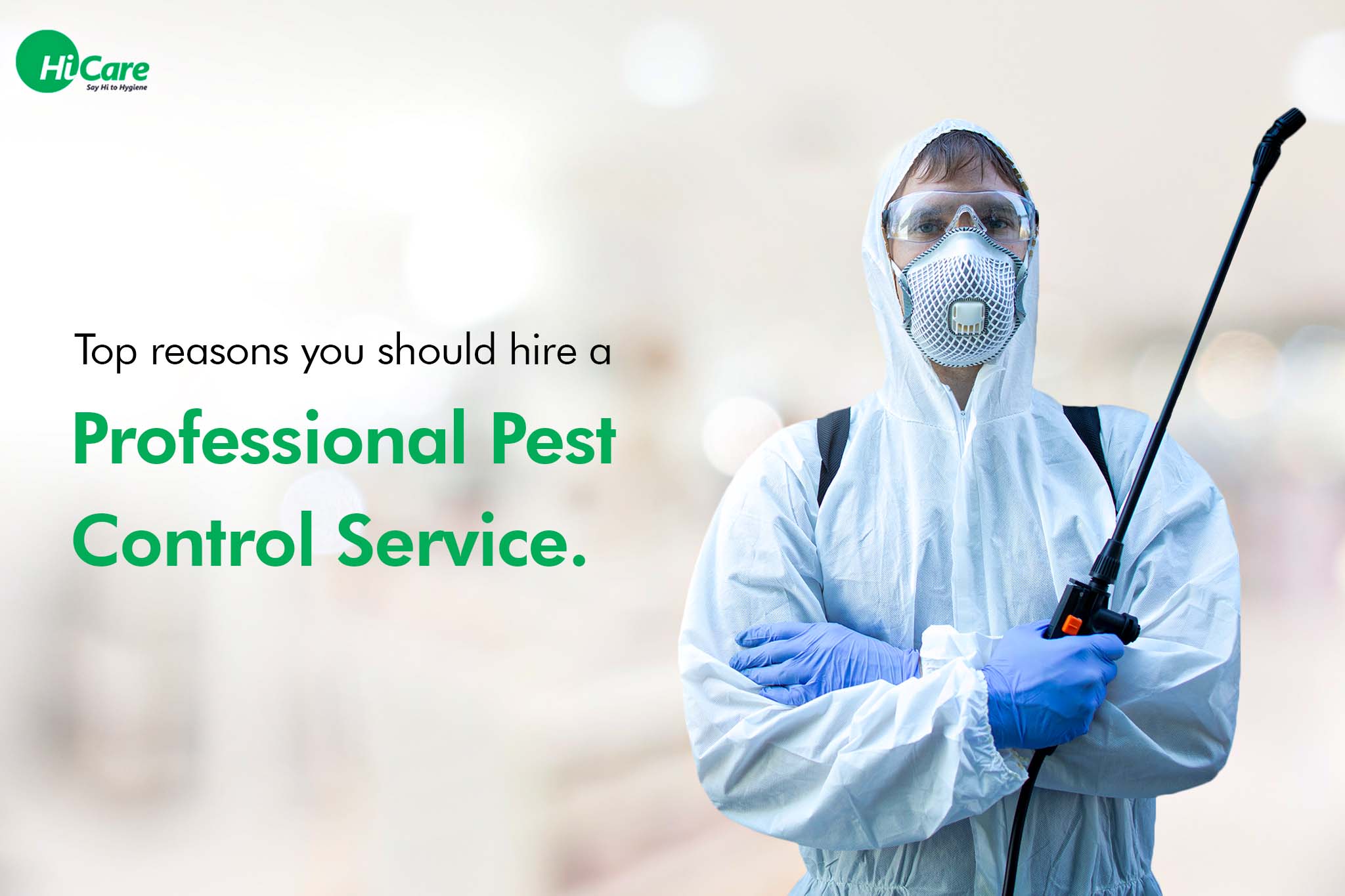A1 Bed Bug Exterminator Charlotte - Effective and Economical Services
A1 Bed Bug Exterminator Charlotte - Effective and Economical Services
Blog Article
Bed Insect Treatment Break Down: Comparing Chemical Vs. Non-Chemical Solutions
In the world of parasite control, particularly when handling the consistent concern of bed bugs, the choice in between chemical and non-chemical treatment options can be an essential one. Both methods use unique benefits and downsides, influencing elements such as efficiency, security considerations, and overall cost. By examining the nuanced details of each method, a clearer understanding of which course to pursue in resolving a bed bug infestation can be attained.
Performance of Chemical Treatments
Chemical treatments for bed bug invasions have actually been commonly acknowledged for their fast and potent efficiency in eliminating these pests. When considering the performance of chemical therapies, it is critical to recognize that they can offer a complete and fast option to a bed insect trouble. Professional pest control experts commonly depend on insecticides to target bed pests at different stages of their life cycle, consisting of adults, nymphs, and eggs. These chemicals commonly function by disrupting the bed insects' nerves, leading to paralysis and ultimate death.
Furthermore, chemical treatments have the advantage of using recurring results, indicating that they can continue to remove bed insects also after the first application. This residual action is particularly valuable in combating any possible re-infestations. In addition, the quick action of chemical treatments can bring relief to individuals dealing with severe bed insect invasions, enabling them to gain back control of their living rooms quickly.
Security Interest In Chemical Solutions
One essential element that requires cautious consideration when making use of chemical options for bed insect treatment is making sure the safety of passengers and the environment. Exposure to specific chemicals used in bed bug treatments can lead to respiratory system concerns, skin irritability, or various other adverse responses, especially in individuals with pre-existing conditions or sensitivities.
Additionally, the ecological influence of chemical solutions is one more substantial factor to consider. Some pesticides utilized in bed pest therapies might be dangerous to beneficial bugs, wildlife, and ecosystems if they leach right into the soil or water supply. It is important to use chemical therapies carefully, following safety standards, and considering much less poisonous alternatives to reduce these dangers and make certain the risk-free and reliable management of bed pest infestations.
Advantages of Non-Chemical Strategies
Considering the possible security concerns and ecological effect connected with chemical options for bed pest therapy, exploring non-chemical techniques provides an appealing alternative with numerous distinct benefits. Non-chemical treatments are eco friendly, as they do not add to air or water pollution, making them a sustainable option for bug control.
Additionally, non-chemical solutions can be effective in targeting bed pests, consisting of hard-to-reach areas where chemical treatments may not penetrate. Approaches such as heat therapy, vacuuming, vapor cleaning, and mattress coverings supply extensive elimination without using hazardous chemicals. In addition, non-chemical strategies can be much less disruptive, needing very little preparation and allowing for quicker reentry into dealt with locations. On the whole, deciding for non-chemical bed pest treatment approaches not just focuses on security and environmental defense but also makes certain extensive and reliable parasite control.
Limitations of Non-Chemical Treatments

Additionally, non-chemical therapies commonly require numerous applications to accomplish effective elimination. This can be time-consuming and might not constantly ensure full removal of all bed insects and their eggs, particularly in hard-to-reach or hidden areas.
Additionally, the success of non-chemical therapies heavily relies upon appropriate application and thoroughness, which can be challenging for people without professional knowledge. Inadequate application of non-chemical techniques might lead to insufficient elimination, resulting in squirrel exterminator persistent infestations and the demand for extra treatments.
For that reason, while non-chemical treatments have their advantages, it is necessary to acknowledge these restrictions and consider them when figuring out one of the most effective approach for handling bed insect problems.
Expense Comparison: Chemical Vs. Non-Chemical Options
Given the limitations related to non-chemical therapies, an important facet to review in the context of bed pest administration is the expense contrast in between chemical and non-chemical options. Chemical treatments normally include the application of pesticides by specialists, which can range from $250 to $900 per space, depending upon the extent of the problem and the dimension of the location to be treated. On the other hand, non-chemical therapies like warmth treatment or heavy steam can be more costly, with costs varying from $1,000 to $6,000 for an entire home. While the first price of chemical treatments might seem reduced, several treatments may be required to fully get rid of the infestation, possibly increasing the general expense. On the other hand, non-chemical alternatives may provide an extra eco-friendly and lasting remedy, although they can be cost-prohibitive for some individuals. Eventually, when taking into consideration the cost of bed pest treatment options, it is very important to evaluate the in advance costs against the performance and long-term sustainability of the chosen technique.
Conclusion

Taking into consideration the possible safety and security concerns and environmental impact linked with chemical solutions for bed insect therapy, checking out non-chemical methods presents an appealing alternative with a number of distinct benefits.Given the restrictions connected with non-chemical treatments, a crucial element to evaluate in the context read what he said of bed bug management is the cost comparison in between chemical and non-chemical options. In comparison, non-chemical therapies like warmth treatment or steam can be much more costly, with prices varying from $1,000 to $6,000 for a whole home. While the preliminary price of chemical treatments might appear reduced, several therapies may be needed to fully remove the infestation, possibly boosting the total expense.In verdict, when comparing chemical and non-chemical bed insect therapy options, it is important to think about efficiency, safety, benefits, restrictions, and expense.
Report this page